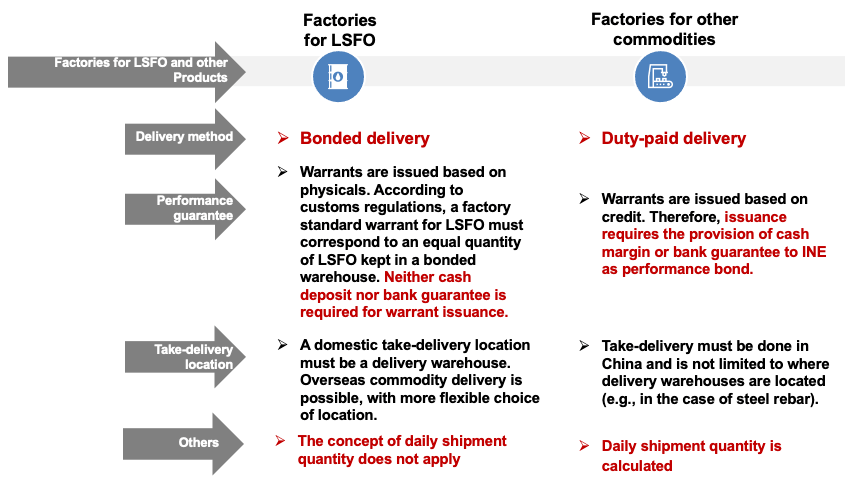What Is a Direct Subsidized Loan? - Understanding the Benefits and Eligibility Criteria
### DescriptionNavigating the world of student loans can be daunting, especially with the variety of options available. Among these, one of the most benefic……
### Description
Navigating the world of student loans can be daunting, especially with the variety of options available. Among these, one of the most beneficial choices is the Direct Subsidized Loan. But what exactly is a direct subsidized loan, and how can it help you finance your education? In this article, we will explore the ins and outs of this financial aid option, including its benefits, eligibility requirements, and how to apply.
A Direct Subsidized Loan is a type of federal student loan designed to help undergraduate students pay for their college education. The key feature of this loan is that the federal government pays the interest while the student is enrolled in school at least half-time, during the grace period, and during any deferment periods. This means that the total amount you owe upon graduation can be significantly less than with other types of loans, where interest accrues from the moment the funds are disbursed.
### Benefits of Direct Subsidized Loans
One of the most significant advantages of Direct Subsidized Loans is the interest subsidy. For many students, the cost of college can be overwhelming, and accumulating interest on loans can add to that burden. With a subsidized loan, students can focus on their studies without the added stress of interest piling up. This feature makes it an attractive option for those who qualify.

Another benefit is the flexible repayment options available. After graduation, students have a six-month grace period before they must begin repaying their loans. This allows graduates time to find a job and establish their finances without the immediate pressure of loan payments. Furthermore, the repayment plans for Direct Subsidized Loans are designed to be manageable, with options that can adjust based on income.
### Eligibility for Direct Subsidized Loans
To qualify for a Direct Subsidized Loan, students must meet certain criteria. First and foremost, the borrower must be an undergraduate student enrolled at least half-time in an eligible degree or certificate program. Additionally, students must demonstrate financial need, which is determined through the Free Application for Federal Student Aid (FAFSA). This process assesses the student's family income and other financial factors to gauge the level of need.
It’s important to note that there are limits to how much a student can borrow through Direct Subsidized Loans. The maximum amount varies depending on the student's year in school and whether they are considered a dependent or independent student. For example, first-year undergraduate students can borrow up to $3,500, while those in their fourth year can borrow up to $5,500. These limits are in place to ensure that students only take on as much debt as they can reasonably manage.

### How to Apply for a Direct Subsidized Loan
Applying for a Direct Subsidized Loan is a straightforward process. The first step is to complete the FAFSA, which opens the door to federal financial aid. Once the FAFSA is submitted, students will receive a Student Aid Report (SAR) that outlines their eligibility for various types of financial aid, including subsidized loans.
After receiving the SAR, students should connect with their school’s financial aid office to discuss their options. The school will determine the amount of Direct Subsidized Loans the student is eligible for based on their financial need and other factors. Once the loan is awarded, students will need to complete loan counseling and sign a Master Promissory Note (MPN) before the funds are disbursed.
### Conclusion

In summary, understanding What Is a Direct Subsidized Loan is essential for any student looking to finance their education. With its unique benefits, including interest subsidies and flexible repayment options, this loan can be a lifeline for many students. By meeting the eligibility requirements and navigating the application process, students can take significant steps toward achieving their academic goals without the burden of overwhelming debt. If you're considering financing your education, exploring Direct Subsidized Loans is a smart choice.